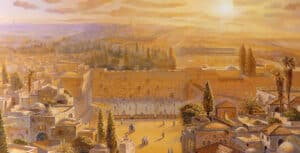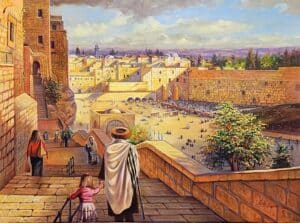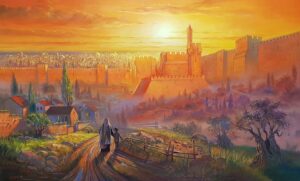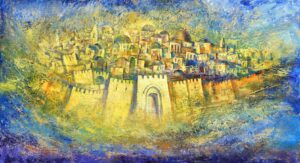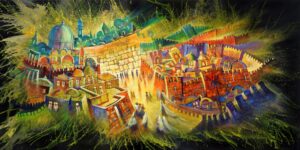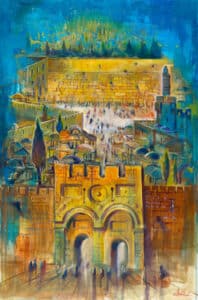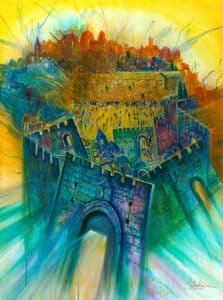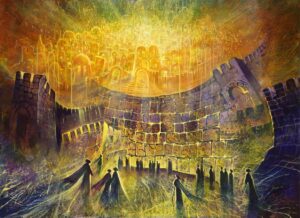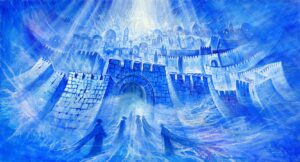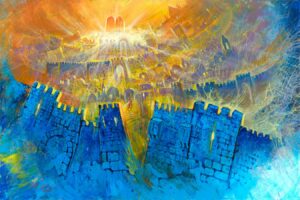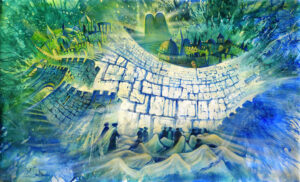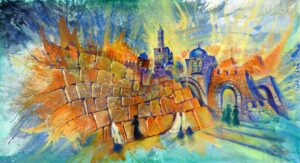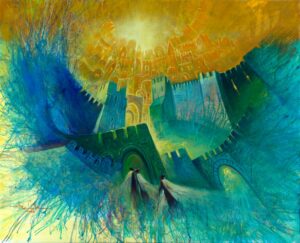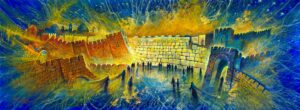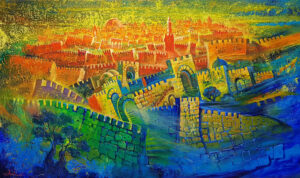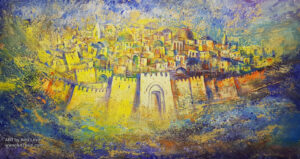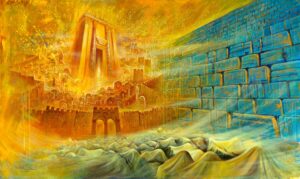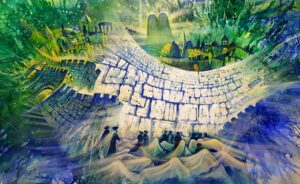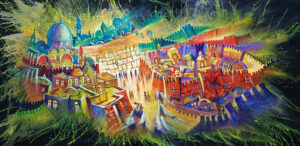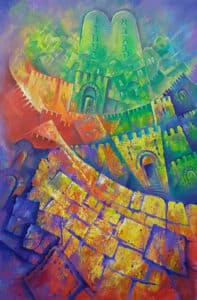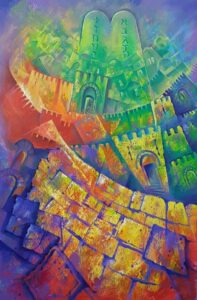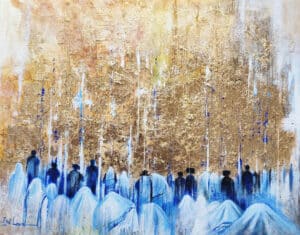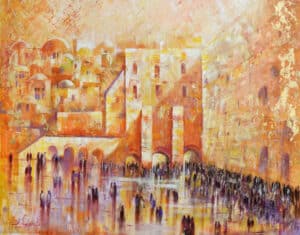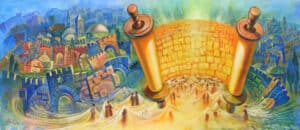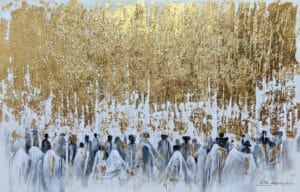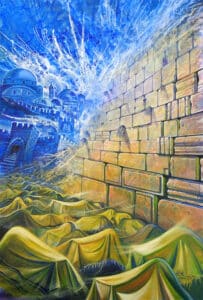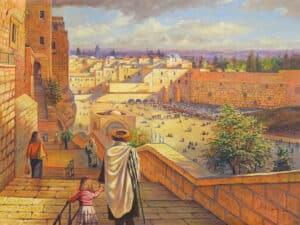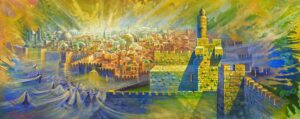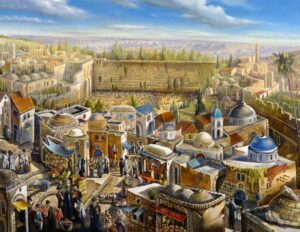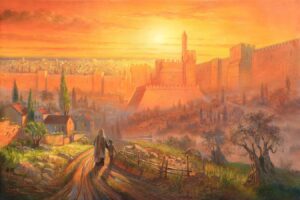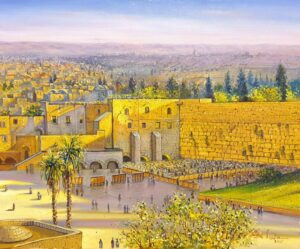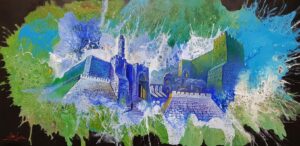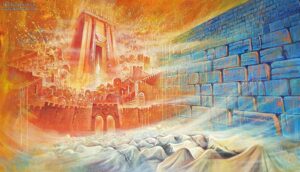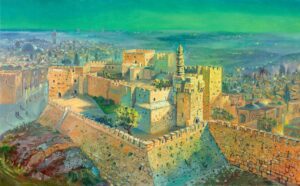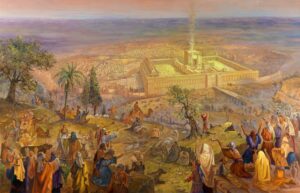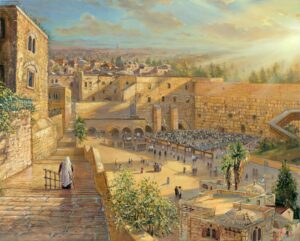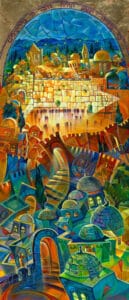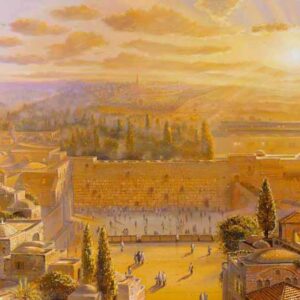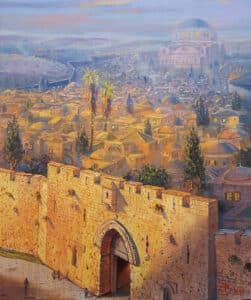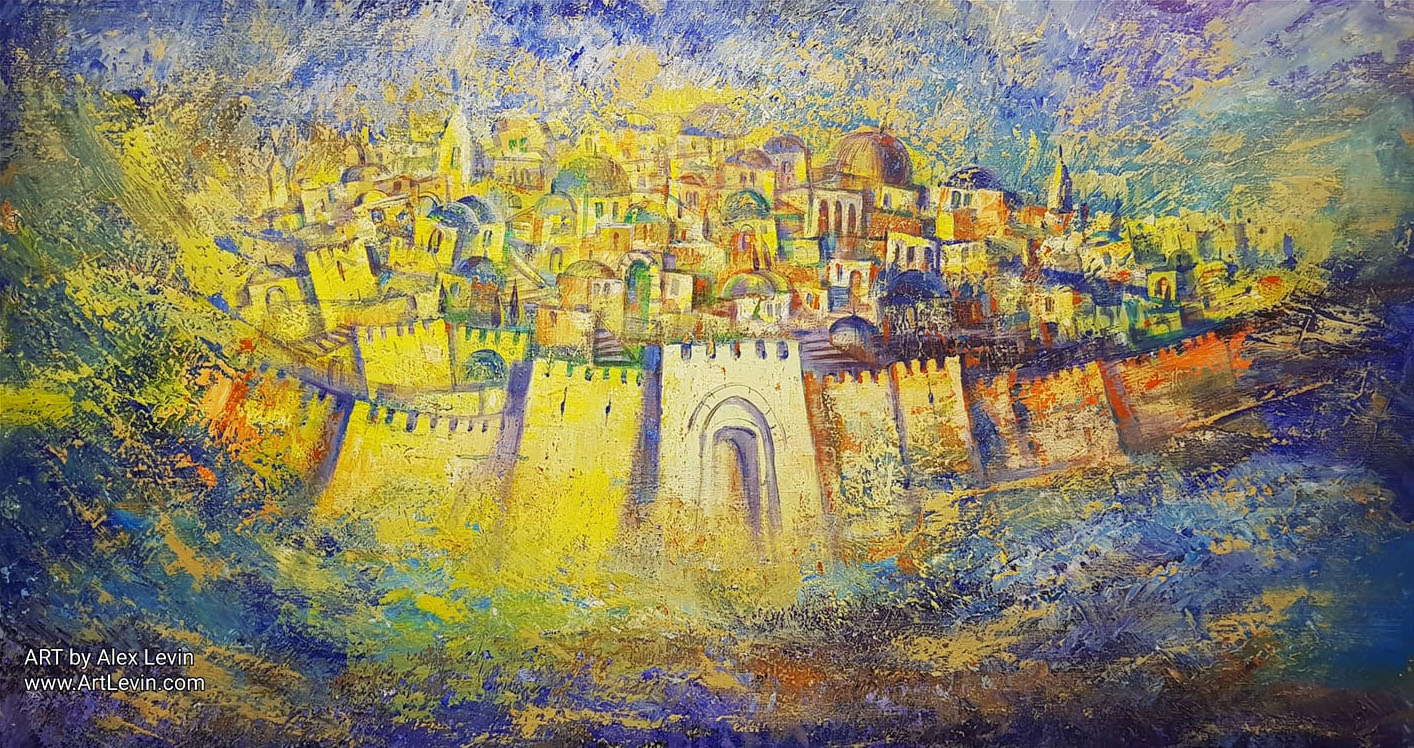
For centuries, Jerusalem has been a source of inspiration for artists worldwide. Its ancient walls, sacred sites, and deep spiritual significance have made it a central subject in religious and historical art.
Ancient Depictions of Jerusalem
The earliest artistic representations of Jerusalem date back thousands of years, appearing in mosaics, illuminated manuscripts, and maps. One of the most famous examples is the Madaba Map, a Byzantine-era mosaic found in Jordan, which provides a detailed illustration of the city in the 6th century.
Medieval and Renaissance Representations
During the Middle Ages, European and Islamic artists portrayed Jerusalem in illuminated manuscripts, often emphasizing its religious landmarks like the Dome of the Rock, the Church of the Holy Sepulchre, and the Western Wall. Renaissance artists continued this trend, incorporating idealized visions of the Holy Land into biblical paintings.
19th and 20th Century Realism
With the rise of Orientalism, European artists such as Gustav Bauernfeind and David Roberts painted detailed, atmospheric scenes of Jerusalem, capturing the city’s architecture and daily life. Jewish painters like Ephraim Moses Lilien also began to depict Jerusalem as a symbol of Zionism and national identity.
Modern and Contemporary Art
In the 20th and 21st centuries, Israeli and Jewish artists have continued to interpret Jerusalem in diverse styles, from abstract to hyper-realistic depictions. Alex Levin, for example, captures the city’s mystical aura through intricate brushwork, blending historical depth with modern techniques.
The Enduring Legacy
Whether in classic oil paintings or contemporary digital art, Jerusalem remains a timeless muse. Its history, faith, and culture continue to inspire artists, ensuring its place in the world of art for generations to come.
